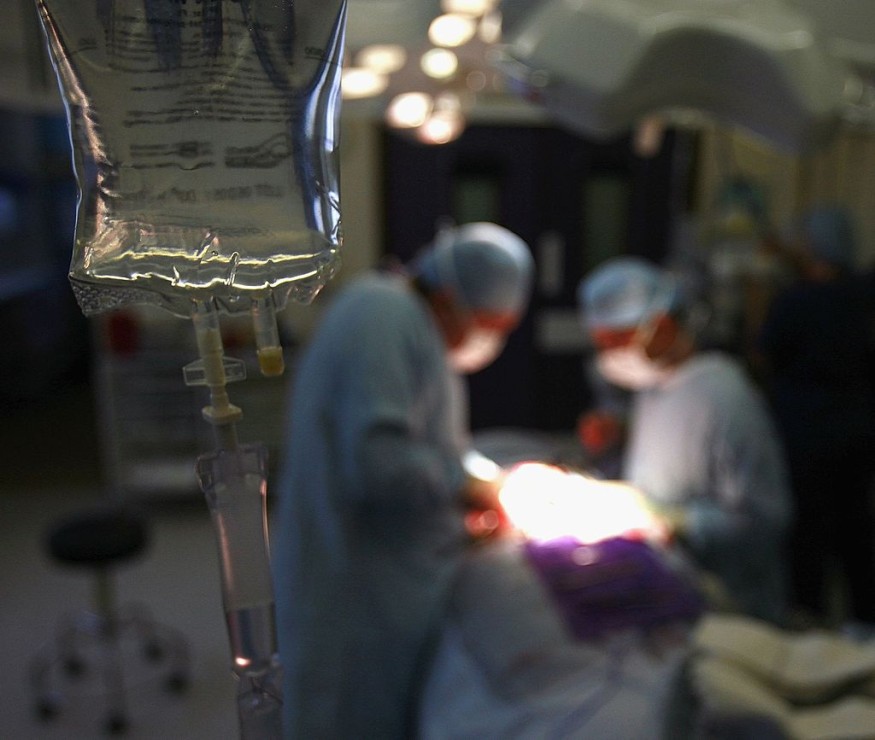Bacterial infection is one of the common global health concerns that causes serious harm to a person's body. While treatment may vary, healthcare provider usually prescribes antibiotics to help fight bacteria. However, bacteria in a human body have a way of developing the ability to defeat the drugs designed to kill them.
Researchers from the Southern University of Science and Technology and Fudan University in China, and the University of Leeds in the UK teamed up to combat the antibiotic resistance using multifunctional gold nanomaterials.

Over the past 60 years since antibiotics was discovered, "the unrestrained global use of antibiotics has imposed a highly selective pressure on all bacterial species, which has accelerated the acquisition and accumulation of drug-resistant genes via horizontal transmission," researchers wrote.
In this study, the team designed a particle that can potentially punch holes in the defenses of many common bacterial pathogens by weaving gold that appeals to bacteria, without damaging surrounding tissues.
Manipulating Behavior of Gold Nanoparticles in Two Ways
Using fine, nanoscale dust of gold for treatment is capable of causing some serious damage in a human body. However, engineers have developed ways of managing gold nanoparticles by facilitating chemical reactions that release DNA-damaging oxygen species, or making the cell membrane more permeable to various toxic substances, such as antibiotics.
Using lasers for treatment of bacterial conditions had also shown success in recent years.
Unfortunately, gold nanoparticle therapies still pose risk on human cells. Which is why engineers had developed two ways of manipulating gold nanoparticles behavior.
One is to precisely limit the size of their clusters to just 25 atoms, under two nanometers, so they can freely slip through our kidneys and make for a quicker exit from our bodies. Second is to incorporate contrasting levels of electrostatic stickiness of chemical structures called ligands, so the particles can be easily tracked or controlled in shape.
"Transforming Gold Therapy into a Clinical Reality"
It is important to note that one of the main concerns of this recent development is to make sure that it is less likely to impact the host's body.
While previous studies have had little luck of capping gold nanoparticles with anything more than a single-type ligand, the team had a winning formula in mind, using a combination of both positively and negatively charged compounds: pyridinium and a zwitterion.
The pyridinium helps make the gold more attractive to bacteria, while the zwitterion stabilizes compatibility with animal tissues, according to past studies. The augmented gold nanoclusters had a clear impact on the bacteria's ability to aggregate when tested on methicillin resistant Staphylococcus epidermidis (MRSE).
In addition, tests on rats with MRSE skin infections affirmed that gold nanoparticles can aid healing without causing damage.
"The research has a significance on the way we should be thinking about responding to antimicrobial resistance," says Dejian Zhou, a chemical engineer from Leeds.
Researchers believe that we can seek huge relief by taking the 'golden opportunity' against antibiotic resistance.
© 2026 NatureWorldNews.com All rights reserved. Do not reproduce without permission.





